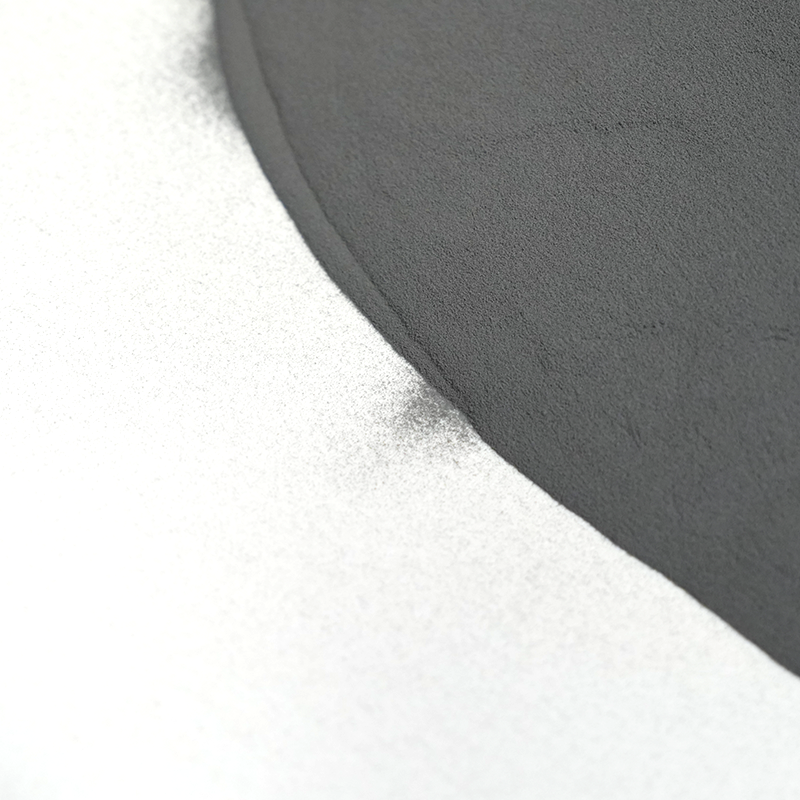In the ever-evolving landscape of materials science, carbide composite powder has emerged as a game-changer, offering unparalleled versatility and performance across a wide range of industries. This advanced material, composed of hard carbide particles dispersed within a metallic or ceramic matrix, is reshaping how engineers approach challenges in wear resistance, thermal stability, and mechanical strength.
Carbide composite powders are not a single material but rather a class of engineered substances that combine the best properties of their constituent elements. Tungsten carbide, titanium carbide, and chromium carbide are just a few examples of the carbides commonly used in these composites. When combined with binders like cobalt, nickel, or iron, they form a robust material system capable of withstanding extreme conditions. The result? Components and coatings that far outlast traditional materials in demanding environments.
Why Carbide Composite Powder Stands Out
One of the most compelling reasons for the growing adoption of carbide composite powders is their exceptional hardness. Hardness translates directly into wear resistance, making these materials ideal for applications where friction and abrasion are constant threats. Industries such as mining, construction, and manufacturing rely on tools and machinery that can endure punishing workloads without frequent replacement. Carbide composites excel here, providing longevity that significantly reduces downtime and maintenance costs.
Another standout feature of carbide composite powders is their ability to maintain structural integrity at high temperatures. In aerospace and automotive engineering, components often operate under intense heat and pressure. Traditional materials may deform or degrade under such conditions, but carbide composites retain their strength and functionality, ensuring reliable performance even in the harshest environments.

Versatility in Applications
The adaptability of carbide composite powders is another factor driving their popularity. These materials can be tailored to meet specific requirements by adjusting the ratio of carbide to binder or by selecting different carbide types. For instance, tungsten carbide-based composites are prized for their toughness and are frequently used in cutting tools and drill bits. On the other hand, titanium carbide composites offer excellent corrosion resistance, making them suitable for chemical processing equipment and marine applications.
Beyond traditional uses, carbide composite powders are finding new roles in additive manufacturing. As 3D printing technology advances, the ability to produce complex, high-performance parts from these powders opens up exciting possibilities. From custom tooling to intricate aerospace components, the integration of carbide composites into additive manufacturing workflows is pushing the boundaries of what’s possible.
A Material for the Future
As industries continue to demand higher performance and greater efficiency, carbide composite powders are poised to play an increasingly vital role. Their unique combination of hardness, thermal stability, and customizable properties makes them indispensable in modern manufacturing. Whether it’s extending the life of industrial tools, enhancing the durability of aerospace components, or enabling innovative designs through 3D printing, these materials are proving that their potential is limited only by our imagination.
In a world where innovation drives progress, carbide composite powders represent a critical step forward. By unlocking their full capabilities, we can build stronger, smarter, and more sustainable solutions for the challenges of tomorrow.


 English
English русский
русский عربى
عربى

















